INTRODUCTION
Back in 2010 or so if you wanted to reproduce your media collection on your TV set the best choice was to get a hardware media player since no only they were cheaper compared to HTPCs but they also took up far less space. Nowadays however things have changed and so really demanding users no longer turn towards hardware media players since current NAS devices are far more powerful and have a far wider range of usages. For example one of my friends uses a NAS both to reproduce his media collection on his TV set but also to stream music to his home audio system and download files from the web. Other people i know use NAS devices again as media servers but also to host their pages, filter their emails from spam and record live feed from IP security cameras (something i also use our lab NAS for). 4k media content may not be widely available currently (and with 8k on the horizon i don't know if 4k will ever have a chance to shine) but quite a few NAS servers are capable of reproducing it including the 8-Bay AS6208T model by ASUSTOR which we've been using since mid-August.
Founded in 2011, ASUSTOR Inc., a subsidiary of ASUSTeK Computer Inc., is a leading innovator and provider of private cloud storage (network attached storage) and video surveillance (network video recorder) solutions. ASUSTOR is devoted to providing the world with unparalleled user experiences and the most complete set of network storage solutions possible.
The AS6208T may actually be the 2nd model to reach our lab from the AS620xT line by ASUSTOR but it doesn't share the same specifications as its smaller brother the AS6204T so this time over under the hood we find the Celeron J3160 Quad-Core CPU by Intel clocked at 1.6GHz (64Bit, 14nm, 6W TDP, 2.24GHz Burst speed, 2MB of L2 cache, AES hardware encryption, 8GB DDR3L Max) and the Cherryview integrated HD Graphics 400 graphics processor (Mesa 10.6.7) which fully supports DirectX and OpenGL 3.0 and features Intel’s Quick Sync Video, Clear Video HD and Wireless Display technologies. The AS6208T also packs a total of 4GB of SO-DIMM DDR3L RAM at 1600MHz (expandable to 8GB), eight SATA III bays (support single, JBOD and RAID 0/1/5/6/10 modes), three USB 3.0 ports, two USB 2.0 ports, two eSATA ports, four RJ45 Ethernet ports (support link aggregation), HDMI v1.4b port, IR receiver and an S/PDIF optical audio output. So let's move forward with our review and see what the AS6208T NAS by ASUSTOR has to offer both in terms of features and performance.
SPECIFICATIONS AND FEATURES

PACKAGING AND CONTENTS
The front of the box has two product pictures, the model name, company logo and the main product features listed at the lower end as small icons.
Typically the specifications table is placed on the right side of the box next to the available apps.
Listed on the left side are also some of the product features along with a comparison between the AS6208T and several other models by ASUSTOR.
Printed at the rear in 19 languages is the features list of the AS6208T.
A thank you note and five 2D barcodes are the first things you'll see once you open the box.
Once again the NAS is wrapped inside a plastic bag and placed between two foam spacers.
Contained in the box is the AS6208T NAS Server with its power adapter and cord, two LAN cables, software CD, two small bags with HDD mounting screws (2.5/3.5") and the installation guide.
THE AS6208T EXTERIOR
The AS6208T follows the typical design and measures 230mm in depth, 293mm in width and 215.5mm in height while it weighs a total of 6.2kg.
Both sides of the enclosure are perforated allowing hot air to escape the interior.
Due to its 8 drive bays the AS6208T has one of the longest/largest fascia’s we've seen with a NAS.
The ASUSTOR logo is once again located on the left upper corner above the on/off power button, the on/off and HDD/Ethernet/one-touch backup activity LEDs and the one-touch backup USB 3.0 port.
A long VFW screen and its 4 navigation buttons is placed above the 8 drive trays.
All 8 drive trays feature individual activity LEDs and locks which can be used with a flat screwdriver.
ASUSTOR has been using the same aluminum/plastic trays and since they are very sturdy i see no reason for that to change.
The rear contains all of the connectors along with two 120mm exhaust fans.
From top to bottom we find the S/PDIF optical audio output, dual eSATA connectors, 4 RH-45 Ethernet ports, 2 USB 2.0 ports, 2 USB 3.0 ports, HDMI 1.4b video output and a Kensington lock.
THE AS6208T INTERIOR
Accessing the interior requires the removal of the three rear screws (however we didn't take the unit apart).
ASUSTOR has used a 250W power supply by Delta Electronics.
We received the AS6208T with two 2GB DDR3L @ 1600MHz modules by DSL (Samsung ram modules).
There's also an IUM01 Industrial and Military Grade USB-DOM by ADATA placed inside the NAS.
A large silver heatsink is placed above the new Intel Celeron Quad Core J3160 CPU.
We also see the IT8728F Super IO/LPC controller which is used to monitor the temperatures of the unit, the ASM1061 PCI Express to two ports of Serial ATA module and the Realtek ALC887 7.1 Channel High Definition Audio Codec.
VFW SCREEN
ASUSTOR has placed an VFW screen at the front of the AS6208T from where you can see the current IP assigned to the NAS, start the one-touch backup process, check the total drive space (and the available one), monitor the temperatures of the system and the CPU, shutdown and restart the server, change the name of the server and finally you can adjust the network settings.
SETUP
Before all else you should visit the download page on the ASUSTOR page to get the latest firmware and control center software.
The easiest and fastest way to setup the unit is to launch the ASUSTOR control center software, wait until it locates the NAS in your local network and then start the setup procedure.
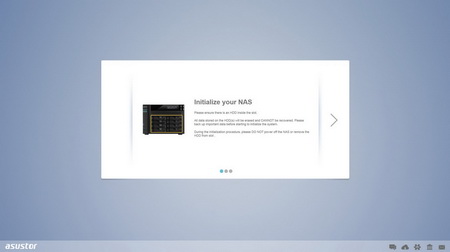
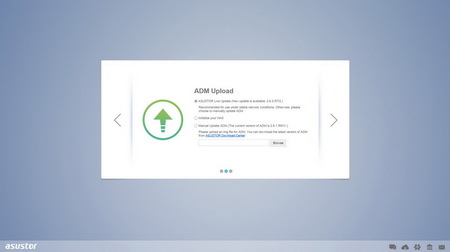
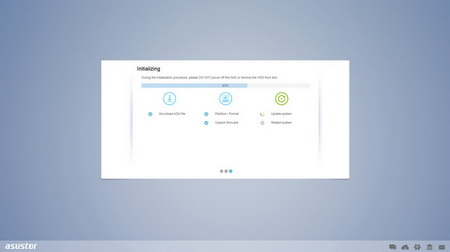
You may need to update the firmware of the unit and you can do that either directly from the ASUSTOR server or from a firmware file (if you have it from the official ASUSTOR page).
You can choose between the fast 1-click setup and the custom setup (typically we followed the custom route).
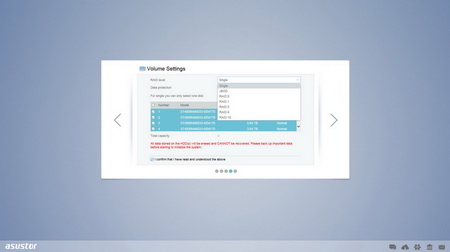
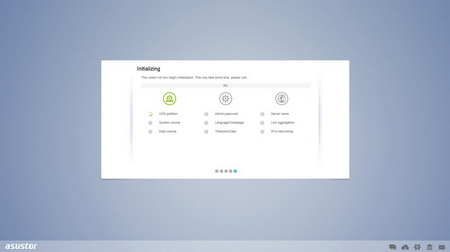
Via the custom route you will need to set the server name (if for some reason you don't like the default one), server password, time zone, language, network options and configure the drives (single/RAID/JBOD) in order to proceed.
You can also create a new ASUSTOR id if you don't already have one to get official support and be able to download applications and use the cloud connect service.
ADM 2.6.3.R713 PART 1
This may be the latest available version of ASUSTOR’s ADM but it still has the same design as previous versions thus the main screen has all the applications installed by default (You can access the layout settings menu and logout, restart or shutdown the NAS from the admin selection on the far right of the top bar).
As with all ADM versions to date from the Access tab you can add/remove user accounts, groups, domain users, domain groups and you can also create shared folders and set application privileges.
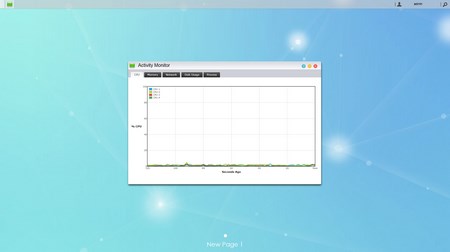
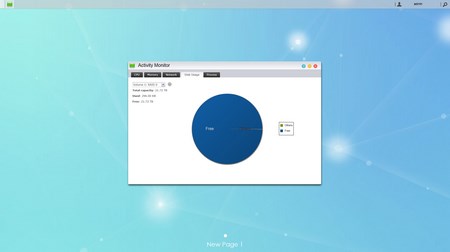
The Activity Monitor allows the end user to monitor the NAS so from here you can check the available space on the installed drive(s), check the CPU/Memory/Network utilizations and see what processes are currently running.
You can access information regarding all aspects of the ADM OS from within the Online Help tab.
The Backup & Restore tab allows you to remote sync options, setup FTP/Internal/External backup jobs, configure the one touch backup (front USB port), use the cloud backup feature and also adjust the system settings.
From the External Devices tab you can check the state of attached drives, format them, prepare them for ejection and you can also check the state/adjust the settings for attached printers, Wi-Fi adapters and UPS devices.
The File Explorer page allows you to upload and download files from and onto the NAS without much effort (although i do recommend mapping a drive letter from your network options in Windows).
Under the Services tab the end user can find several server options for Windows/Mac OSX/NFS/FTP Server/WebDAV/Web Server/MySQL Server/Terminal/ MariaDB (MYSQL compatible) and SNMP use (PHP cashing is supported).
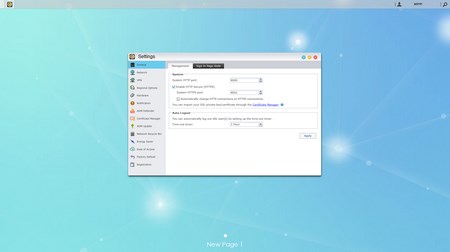

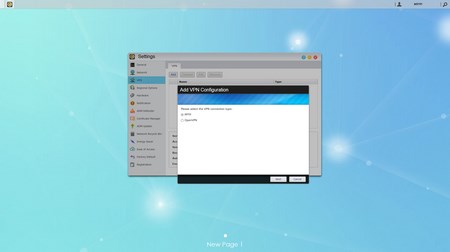
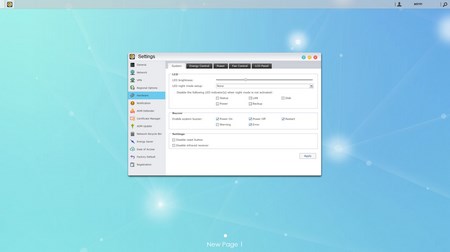
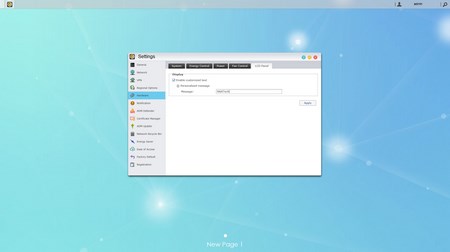
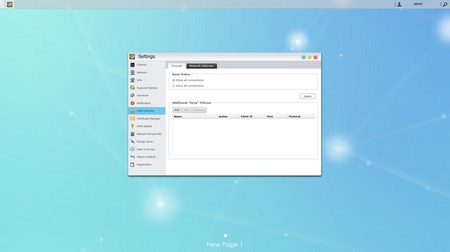

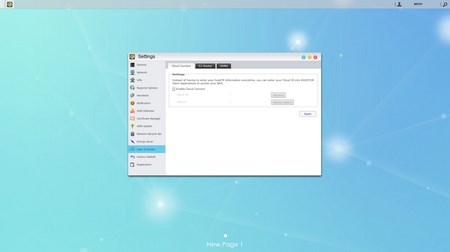
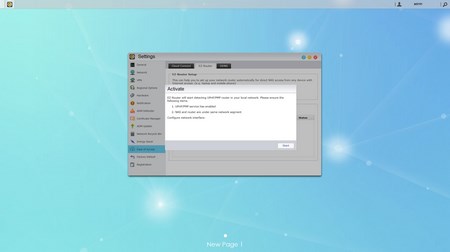
Pretty much everything else is placed inside the settings tab so from here you can adjust including the network settings, regional options, hardware options (LEDs/Buzzer/Fan control/Power settings/LCD text), various notification options, ADM defender (firewall), ADM update (manual or automatic), network recycle bin, energy saver (drive standby mode/fan control/wake on LAN), ease of access (Cloud Connect/EZ Router/DDNS), factory default settings and product registration.
ADM 2.6.3.R713 PART 2
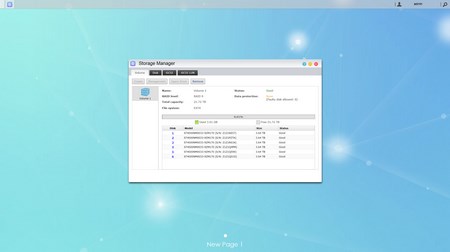
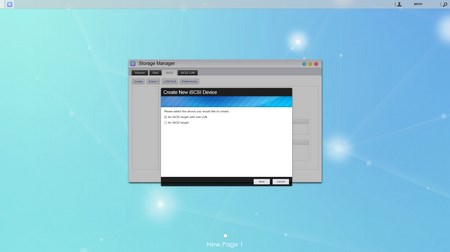
Everything related to the installed drives is placed inside the Storage Manager tab so here you can create and manage volumes (JBOD/RAID), check the state of the drives via SMART and use the iSCSI feature.
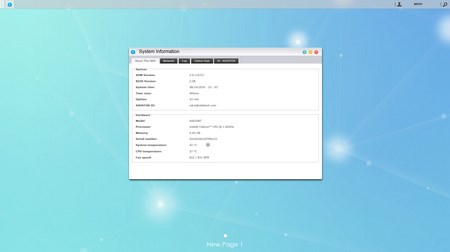
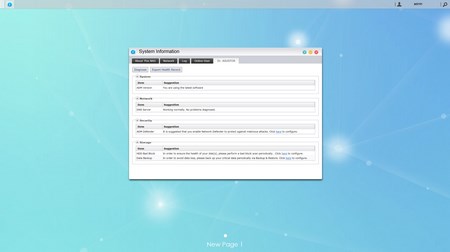
The System Information tab allows the end user to check the state of the hardware components of the NAS (including their temperatures), check the network activity, read logs, see who's logged in and use the DR.ASUSTOR diagnostic tool.
ASUSTOR may not have just as many applications as QNAP but they make more and more available everyday so aside the "official" ones their App Central has many more (current total adds up to almost 200).
From the Download Server tab not only can you download files using the BitTorrent Client but you can also use it to download files directly from HTTP/FTP.
The new SoundsGood application allows streaming of audio and looks a lot better compared to its predecessor.
Via the photo gallery you can share your pictures with local and remote computers (and mobile devices via the mobile app), create online albums and automatically backup all the pictures found in your mobile devices.
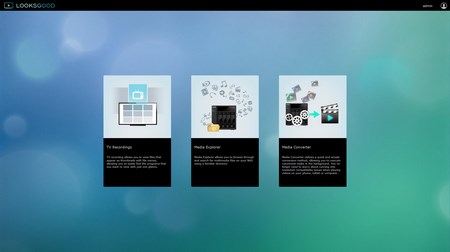
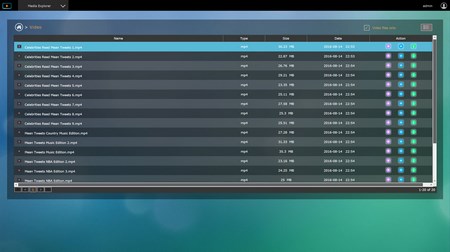
The new looks good app allows you to record and playback DVB-T content, browse your media collection, stream media content and also gives you the ability to transcode/convert your media files.
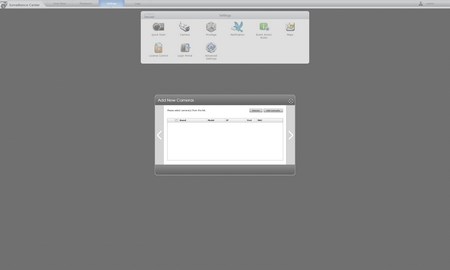
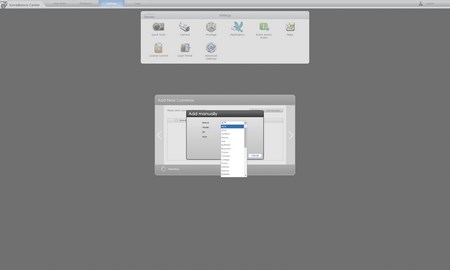
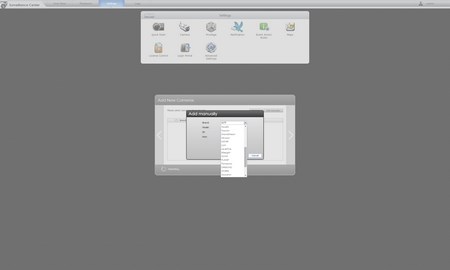
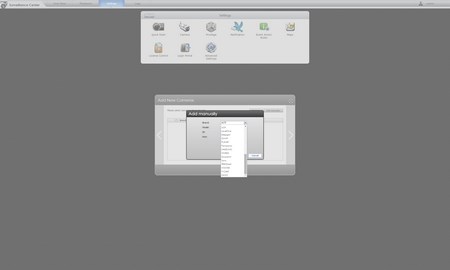
ASUSTOR has added more camera models in their Surveillance Center (32 manufacturers now instead of 27 in the last version) but it still needs work. I'm saying this not only because none of our 3 installed IP cameras (Linksys, TRENDnet, iMege) was detected by the auto feature in terms of available IP camera models ASUSTOR still has a limited number.
Still thanks to the extra manufacturers compared to last time and the ONVIF compatibility mode we were able to manually setup 2 out of 3 models.
KODI SOFTWARE
Many people connect their NAS directly onto their TV sets so manufacturers have improved that area quite a bit. So as you can all see ASUSTOR has made it possible to access the surveillance app, ADM OS, Chrome, Chromium, Netflix, YouTube, KODI and even Spotify from the HDMI output.
Accessing the ADM OS via HDMI may not be as smooth as when you do from your computer but still it can come very handy.
KODI version 16 may not be the last one but this is what we were able to install in the AS6208T (4k playback is supported).
You can personalize the KODI application quite a bit (for example change the skin of the menus and set the region/language/audio language options).
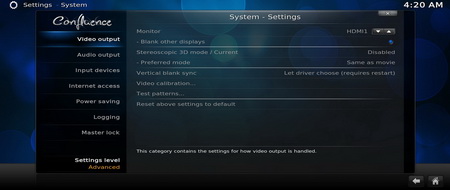
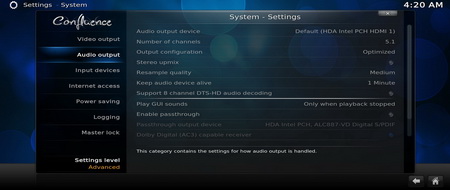
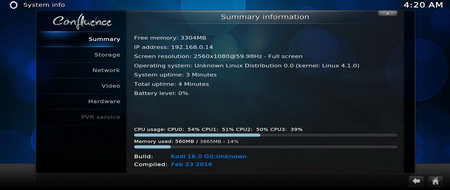
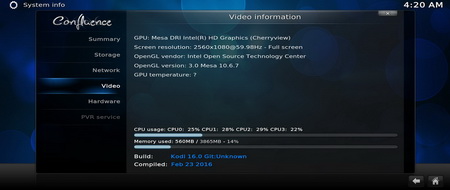
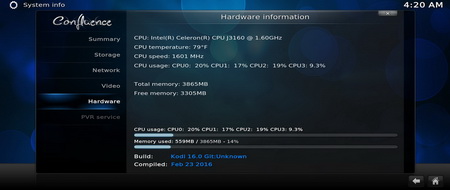
You can also check the various hardware/software information screens and of course adjust video and audio settings.





Our Blu-Ray MKV rip of Avatar S.E (42GB) was once again used to test the playback capabilities of the NAS at hand and just like with many of the latest NAS models to have reached our lab we didn’t experience any problems. Unfortunately just like with the TVS-682 by QNAP we encountered several video anomalies with some of the 4k clips we used (both NAS used the same KODI version so my bet is that that’s what’s responsible for this).
ANDROID/IOS APPS
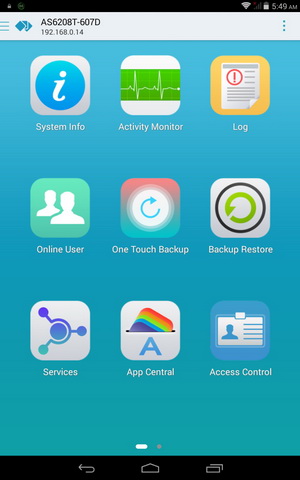
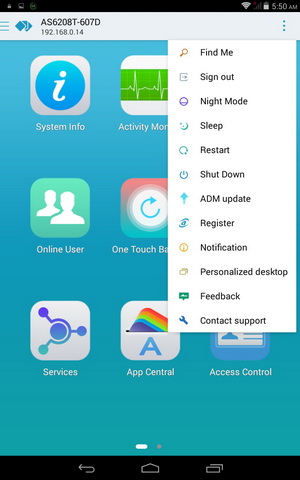



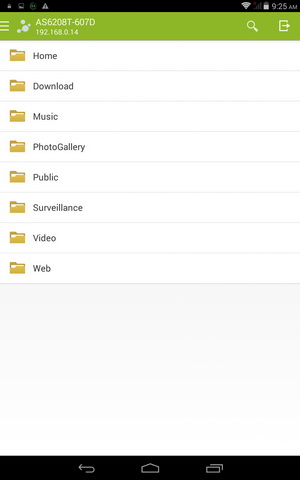
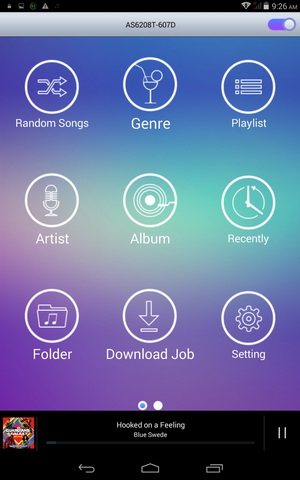
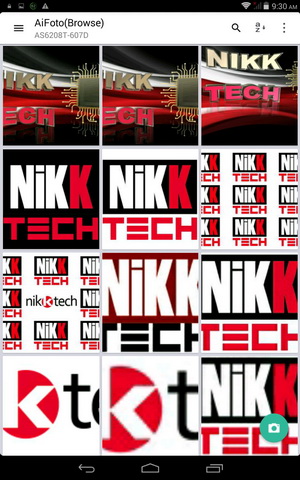
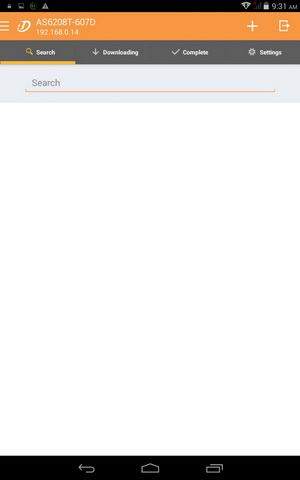
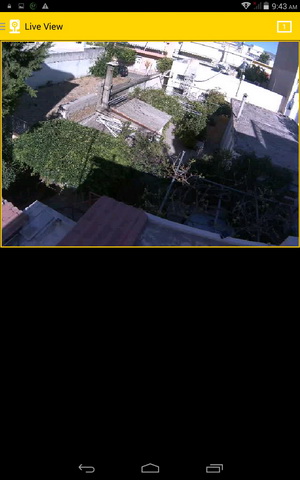
Just like in the past ASUSTOR still has several applications available for Android and iOS compatible devices including the AiMaster which you can use to monitor and access most unit functions and details, AiVideo which allows playback of media stored in the NAS and online/offline transcoding, AiData which allows the user to access files stored in the NAS, AiMusic for audio streaming, AiFoto for picture sharing (you can also create online albums and instantly backup taken pictures from your mobile device to the NAS), AiDownload for HTTP and BitTorrent downloads and the AiSecure app which grants you access to your IP camera feed (we recommend using the auto IP/NAS discovery with each app).
TESTING METHODOLOGY – PERFORMANCE RESULTS
Originally we had decided that since some of the NAS servers/devices we've tested in the past are no longer in our possession (naturally) we would keep performing the exact same testing methodology we did in the past for as long as possible in order to provide accurate comparison results. However since our real-life tests are not enough for some people we also decided to throw in ATTO and Crystal Disk Mark to cover the more demanding users. However as always we will be using up to six Seagate Constellation ES.3 4TB SATA III hard disk drive(s) with 3.5” compatible units and up to two (for now) Enterprise Capacity 2.5 HDD V3 2TB SATA III HDDs with 2.5” compatible units to perform several upload/download tests with 10.9GB (Single) and 40,8GB (RAID) files. Tests are repeated a total of 4 times after which we record the average numbers (from the 4 peak ones) into our charts. The network device used for 1GbE tests is the same Netgear D6300 AC1600 Gigabit ADSL2+ Modem/Router we’ve been using lately when performing tests on NAS servers. Since the 25th of June 2015 for 10GbE tests we’ll be using a Netgear ProSafe XS712T 10G Smart Switch and an Intel XT540-AT2 10GbE PCIe card (10GbE compatible NAS cards will be provided from each company and stated in each review).
SINGLE DISK TESTS
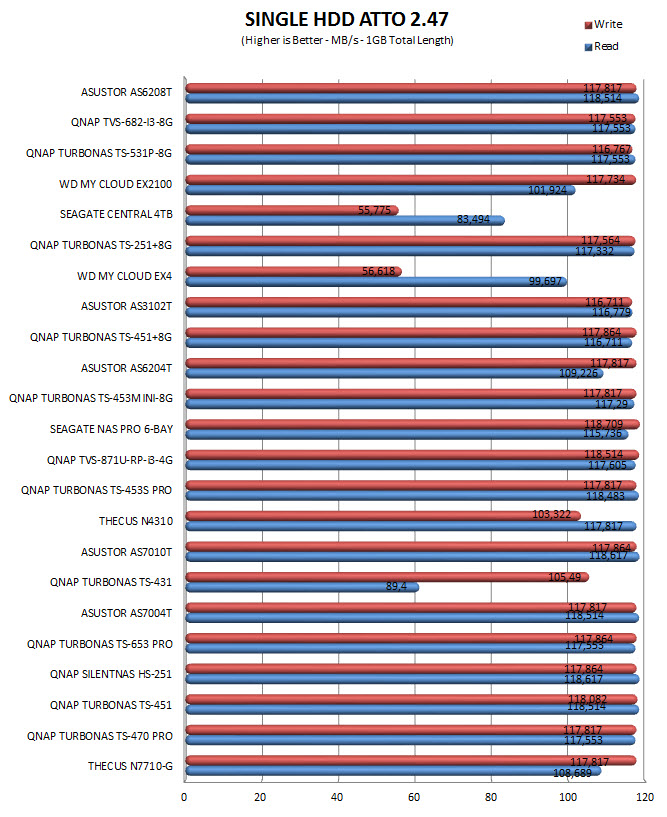
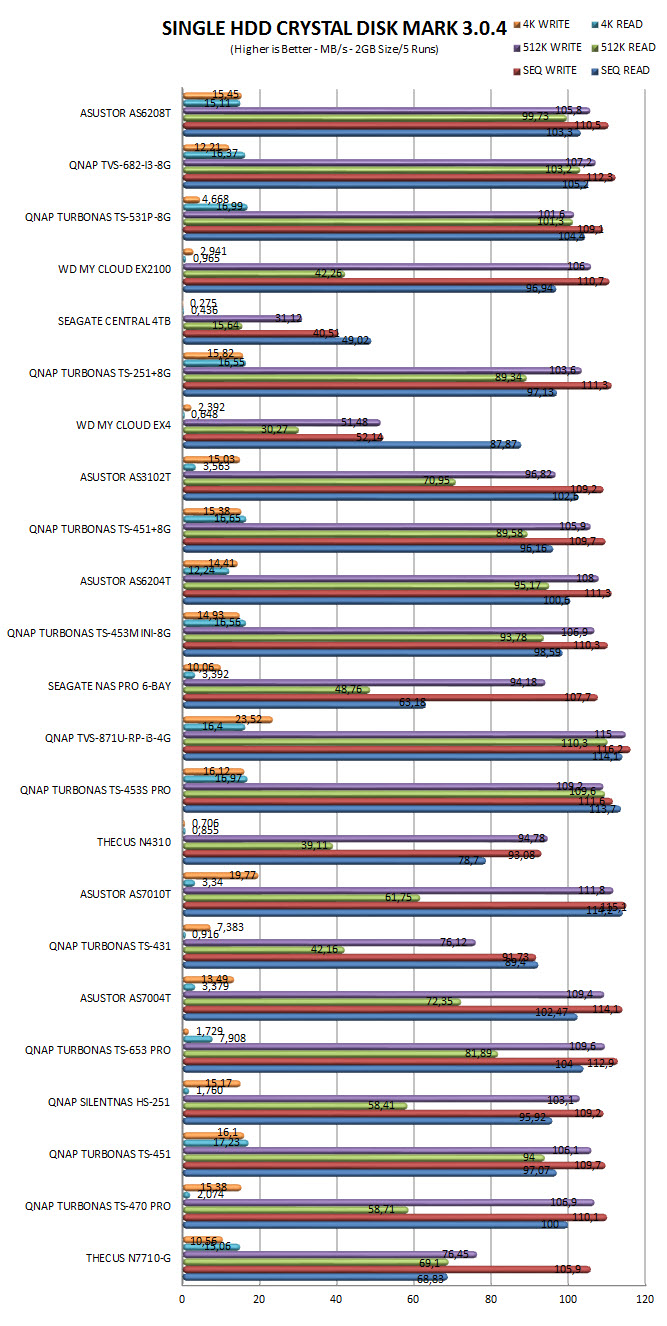

RAID TESTS
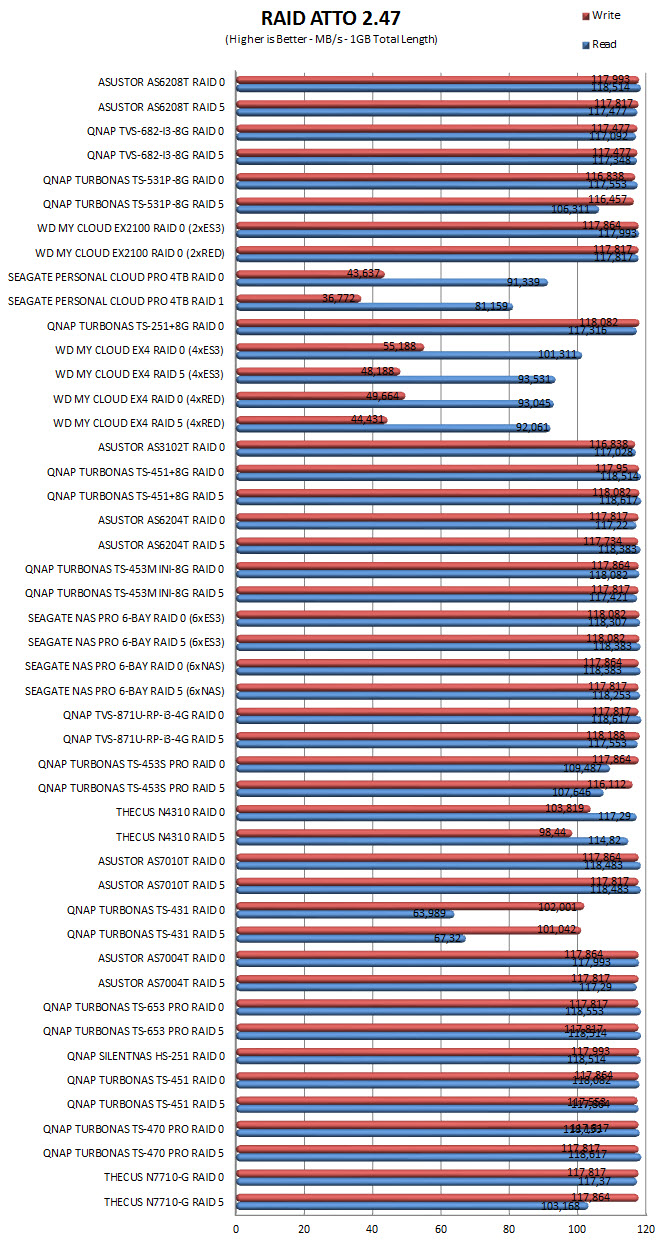


TEST RESULTS – TEMPERATURES / CONSUMPTION / NOISE
TEMPERATURES

POWER CONSUMPTION

NOISE LEVELS

CONCLUSION
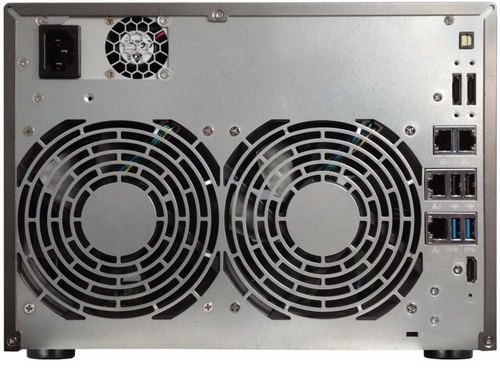
Once again ASUSTOR surprises us with the release of a powerful NAS server which has no problem taking on the equivalent solutions by QNAP without breaking a sweat. Performance is once again at the top, build quality is second to none and in terms of features I really see very little that QNAP is better at right now. Both companies use similar operating systems and share a large number of 3rd party apps (including KODI which I sure hope gets updated to resolve the small 4k media playback issues we’ve encountered both with the TVS-682 and the AS6208T) so there’s nothing that the equivalent QNAP NAS can do that the AS6208T can’t. With a total of 8 bays you can currently have up to 80TB of storage capacity and although this is indeed overkill for regular consumers it’s not really a lot for office and small business use. Unfortunately ASUSTOR has yet to implement a SSD cache function (on the works as far as I know) and there’s limited support for 10GbE in their models (link aggregation is good but too complex and even with 4 RJ-45 ports performance is nowhere nearly as fast) but these two features are aimed towards experts in the field (mainly professionals and enterprise users) and not regular consumers. The one issue I have with ASUSTOR to date is that they don’t offer models with 8GB right from the factory which means that people need to open them up to add more RAM and with possible incompatibilities that may not be as simple as it sounds for some (installation instructions are available).
NAS servers with over 6 available drive bays don’t really come cheap especially when they have the specifications of the AS6208T and so with a current price tag set at USD875 inside the USA (Amazon.com) and at 906Euros inside the EU (Amazon.de) this is not an exception. With that out of the way ASUSTOR offers a slightly better bang for your buck ratio compared to the equivalent models by QNAP although again it does lack some features aimed at really demanding users. At the end of the day the AS6208T is an excellent network attached storage server capable of taking on anything you throw at it and that’s why it gets our Golden Award.

PROS
- Build Quality
- Intel Celeron J3160 Quad Core CPU / Cherryview Intel HD 400 Graphics GPU
- Excellent Performance
- Features
- 4GB DDR3L RAM (Expandable To 8GB)
- Power Consumption / Noise Levels / Temperatures
- 4 Gigabit RJ-45 Ethernet Ports
- 3 USB 3.0 Ports / 2 USB 2.0 Ports / 2 eSATA Ports
- Optical S/PDIF Output
- HDMI v1.4b Output
- LCD Screen
- RAID 0/1/5/6/10/JBOD + Hot Spare/Swap Support
- SATA III (6Gb/s)
- ADM 2.6 OS
- Android / iOS Apps
CONS
- Surveillance Center Still Needs Work
- Lacks Support for SSD Cache & 10GbE (On the Works)

 O-Sense
O-Sense





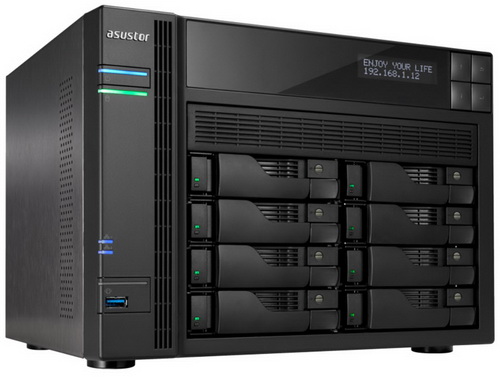


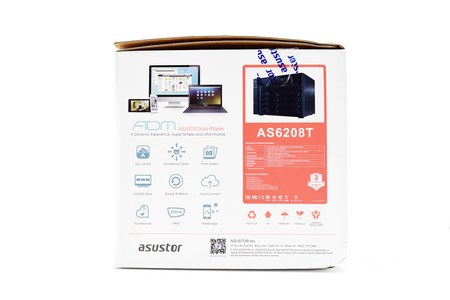
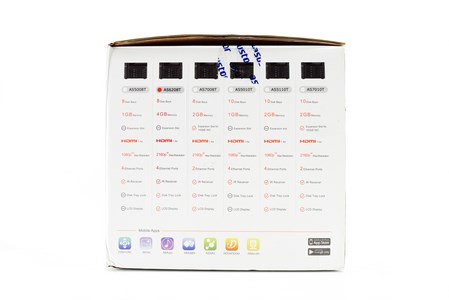
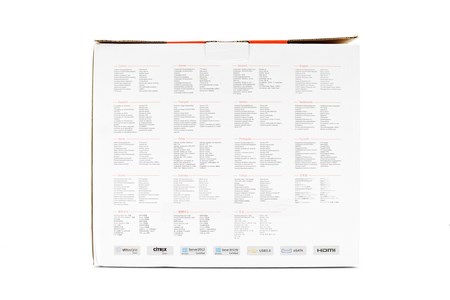
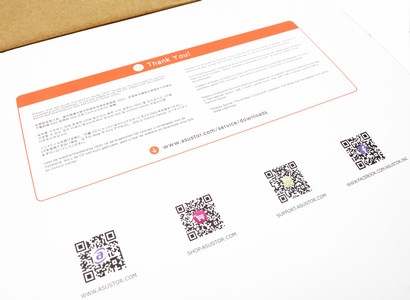
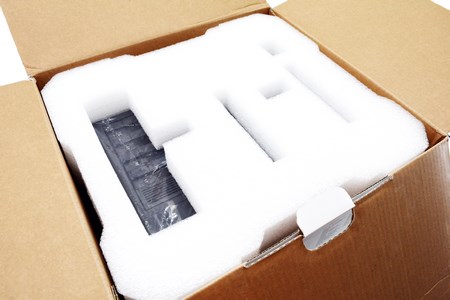
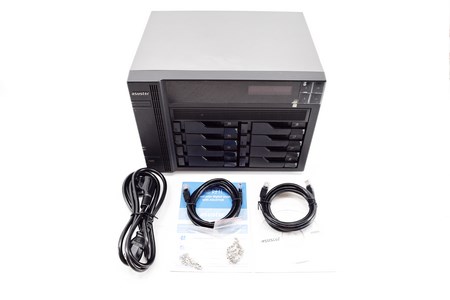
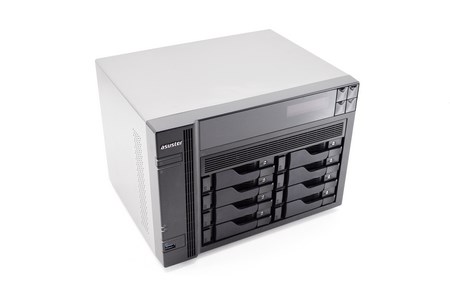


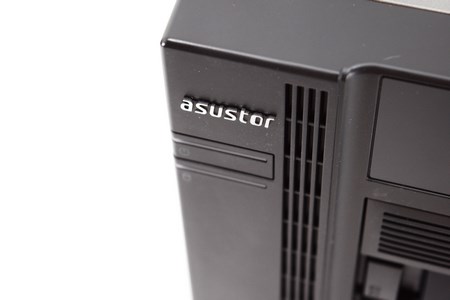

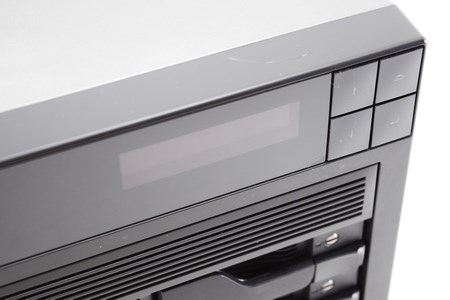

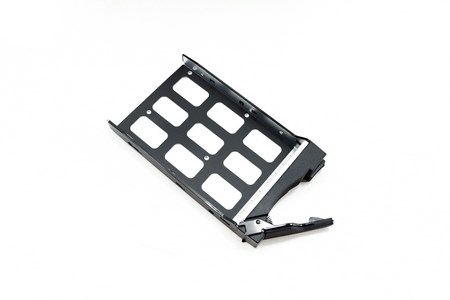
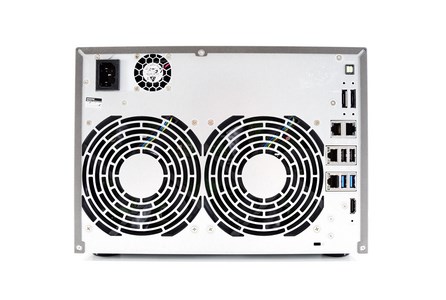
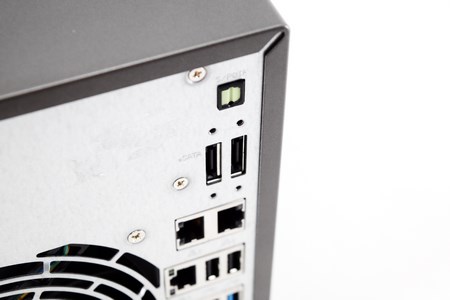
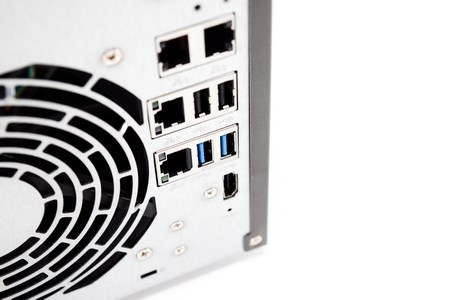
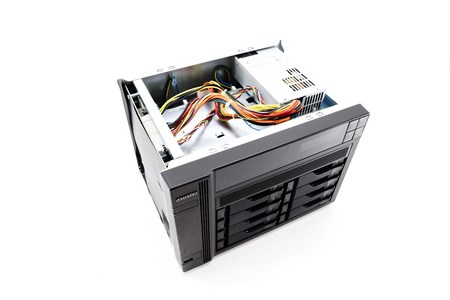
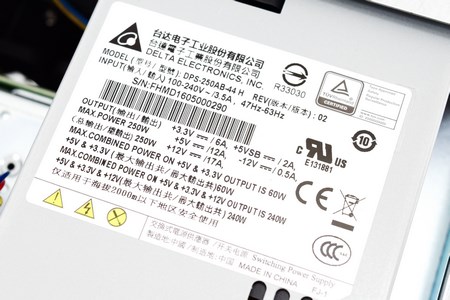
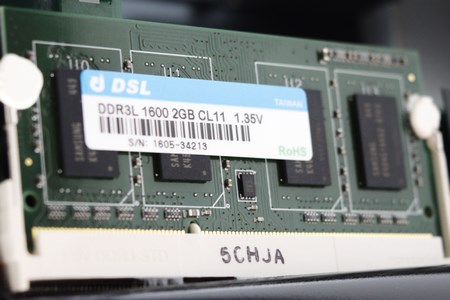
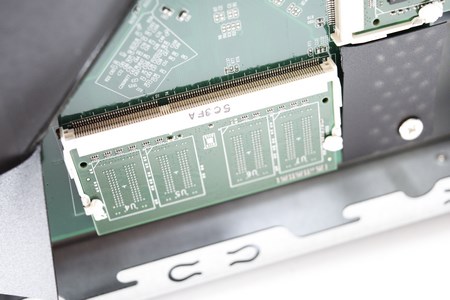
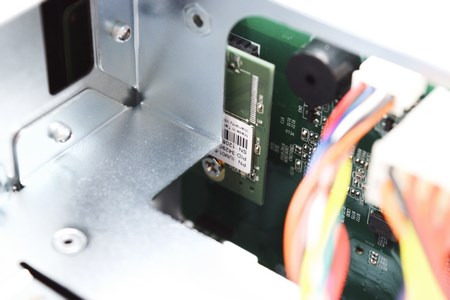
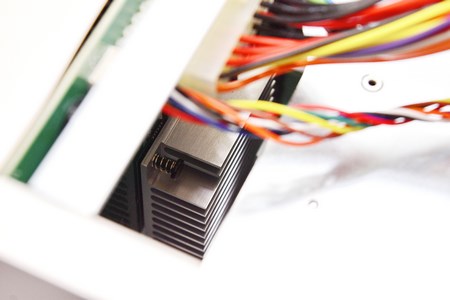
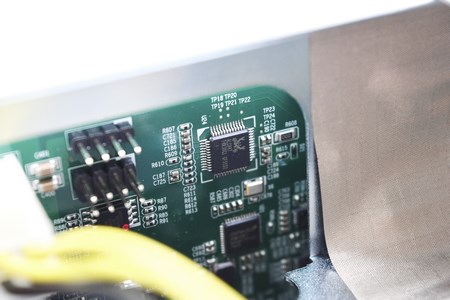
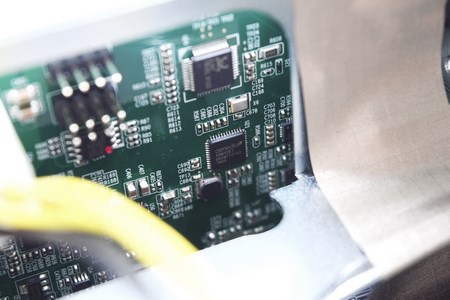
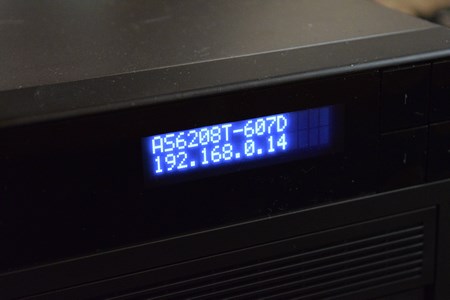
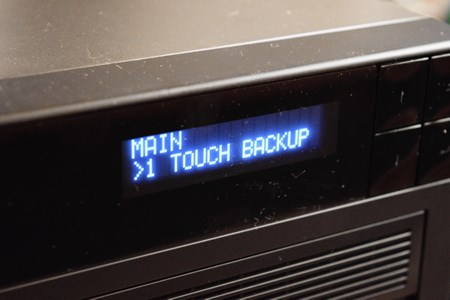
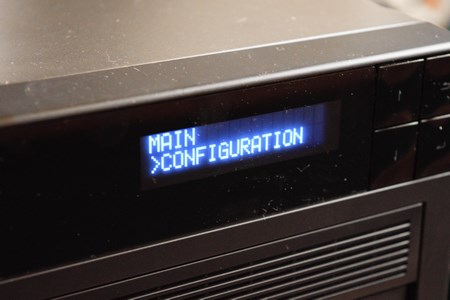
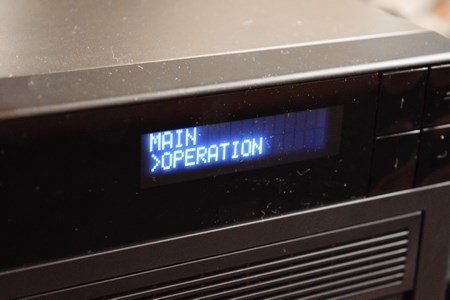
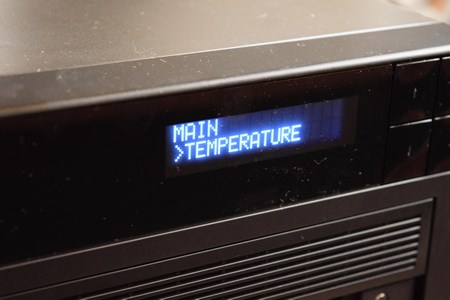
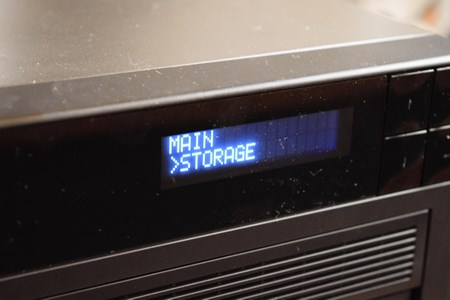
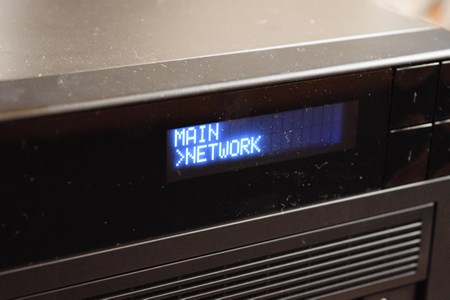
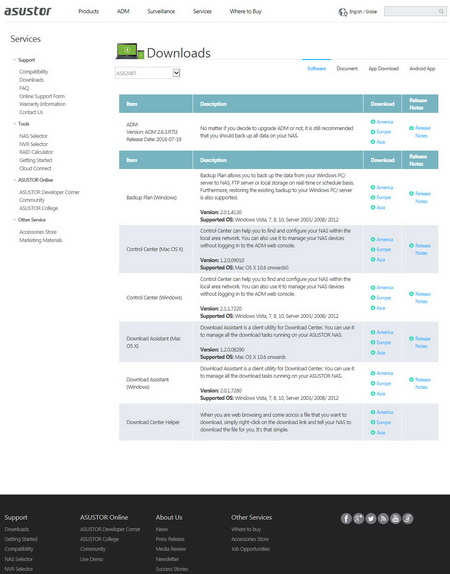
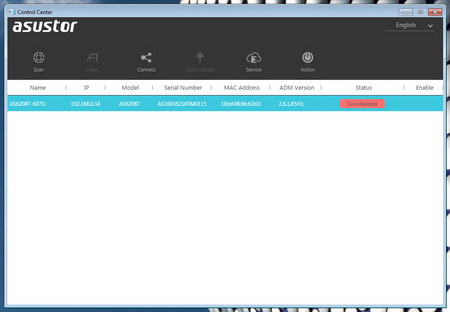

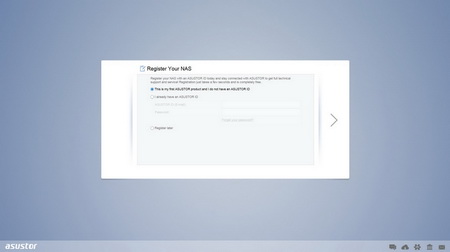
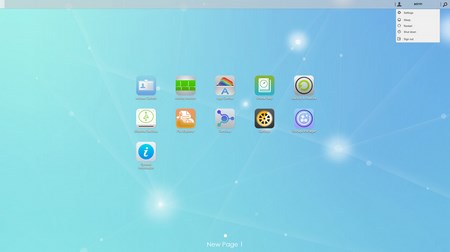
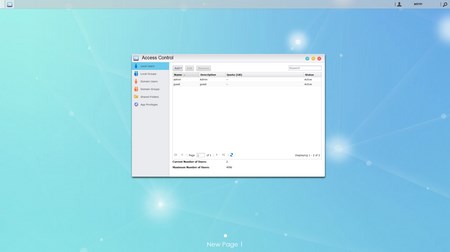
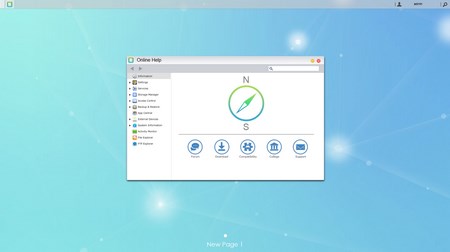
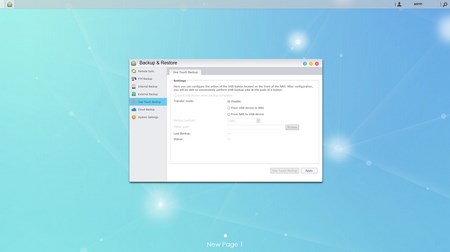
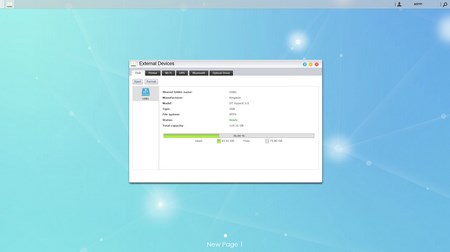
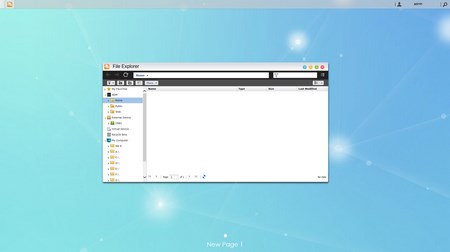
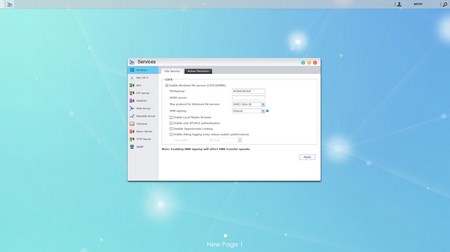

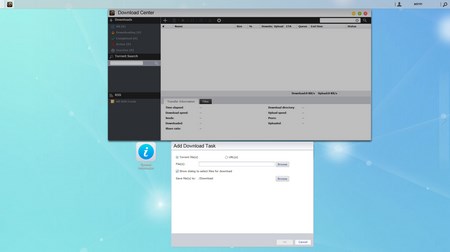
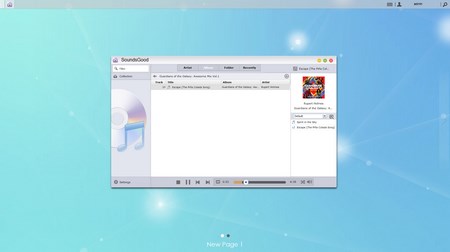
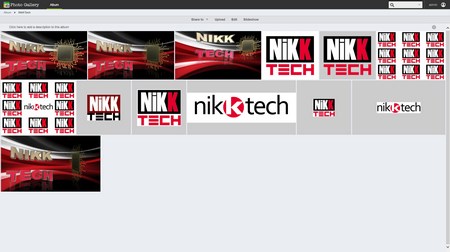
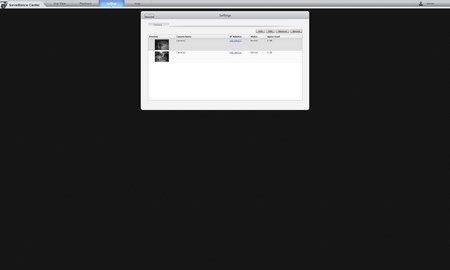
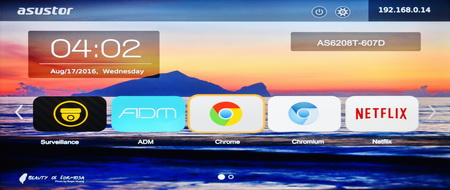



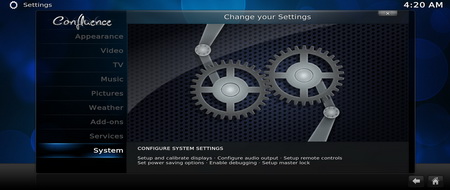


.png)

